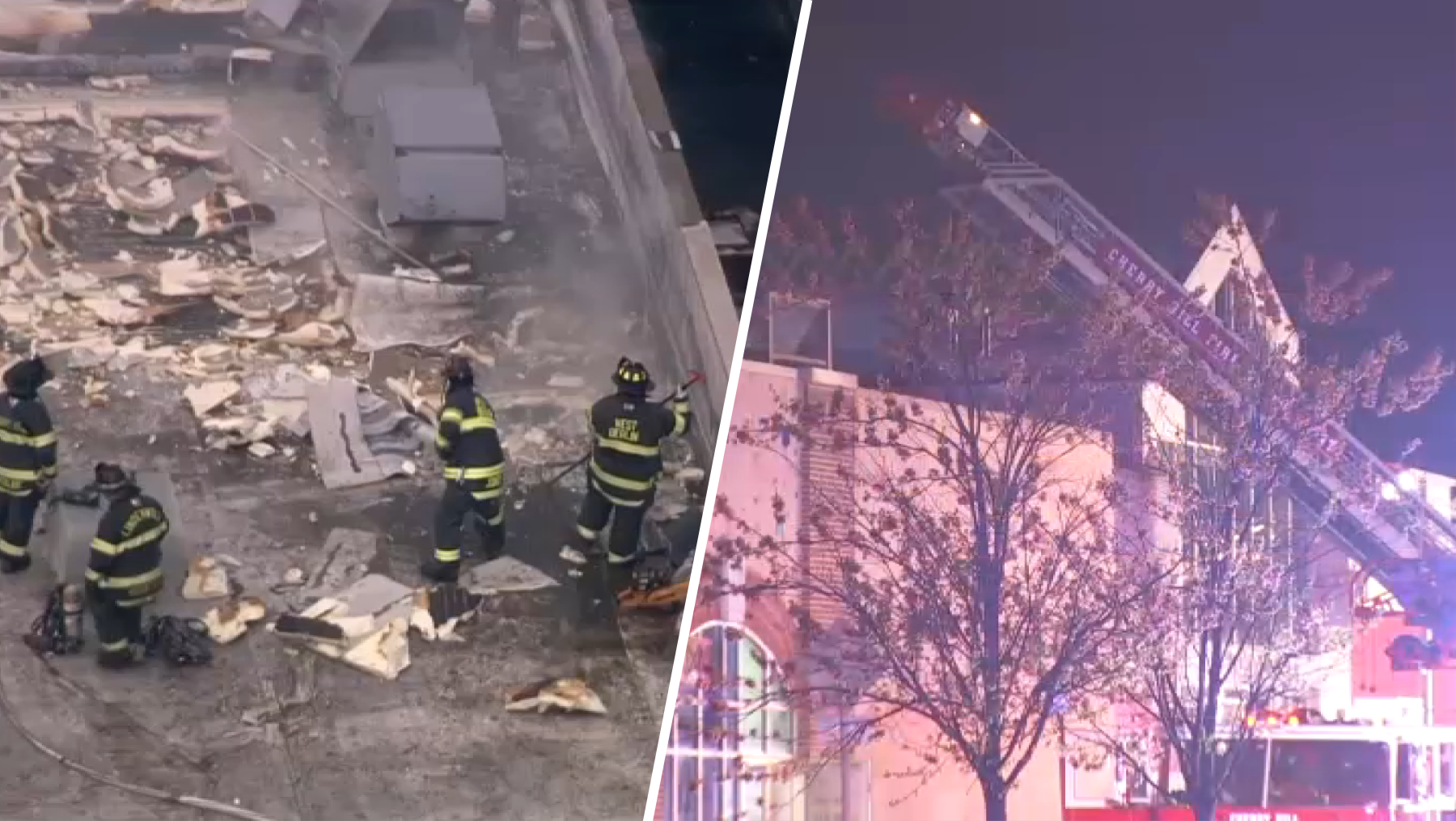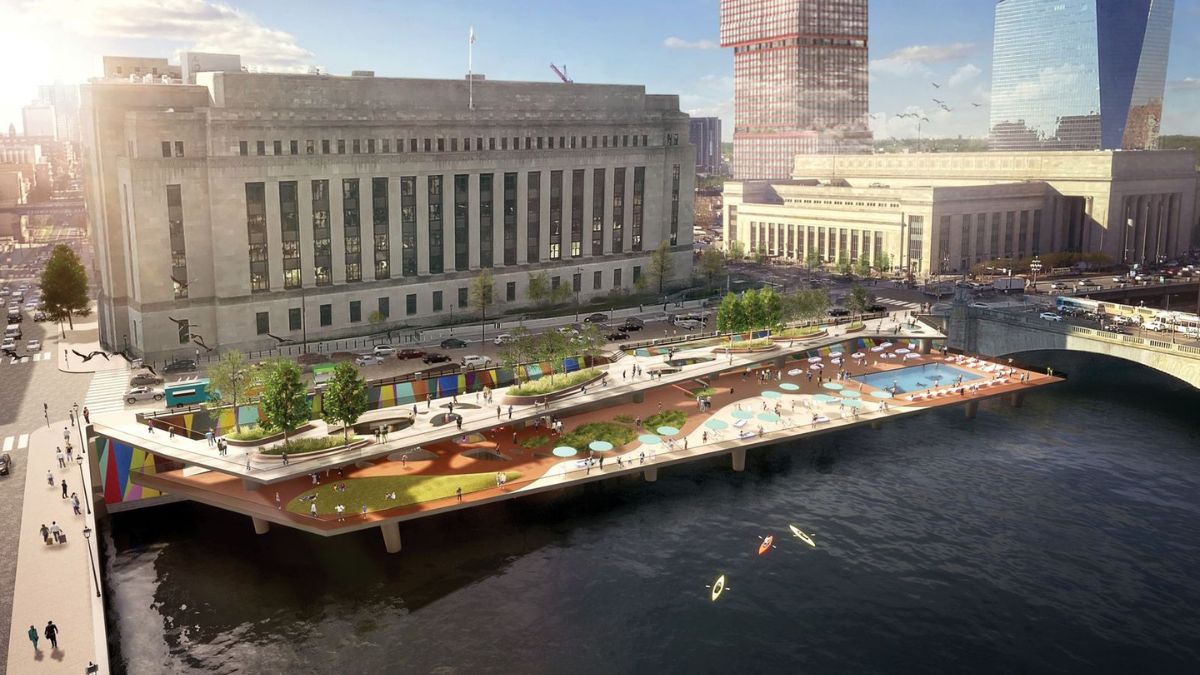On the heels of a Federal Railroad Administration safety advisory issued Tuesday recommending a series of safety measures in the wake of the deadly Amtrak train derailment in Philadelphia, an attorney representing one of the victims of the crash said the recommendations state the obvious.
"Tragically, there is not one recommendation today among the patchwork of recommendations made by the FRA which was not glaringly obvious and available to Amtrak on May 12, 2015," said attorney Tom Kline, who filed a lawsuit on behalf of a woman injured in the derailment. "The recommendations demonstrate how far we have to go to achieve a true measure of safety on the northeast corridor and on the rail lines in America."
Kline said "it's a long struggle" for his client, who he said has asked that her name not be publicized.
The FRA safety advisory issued Tuesday came four weeks after Amtrak Train 188 derailed at Frankford Junction in Philadelphia, killing eight people and injuring dozens more. The advisory recommends that passenger railroads implement a series of measures to keep trains safe and in compliance with speed-limit regulations.
In a phone interview Tuesday with NBC10 Investigators reporter Mitch Blacher, Acting FRA Administrator Sarah Feinberg said the advisory is the FRA's "strongest recommendation" for passenger railroads.
The FRA urged railroads to immediately take a number of steps to ensure safety and speed compliance, including identifying track locations at which there is a speed reduction of more than 20 mph approaching a hazardous curve or bridge and monitoring automatic train control systems where they exist to ensure speed-limit compliance.
The administration recommended that for railroads not using automatic train control, all passenger train movements through locations identified as potentially hazardous for speed should be made with a second crew member in the cab with the engineer, or with constant communication between he engineer and a crew member somewhere on the train.
The FRA also advised that passenger railroads install additional signs along tracks to advise train engineers and conductors of the maximum speed, especially in identified speed-reduction areas.
An investigation into Train 188's May 12 derailment in Philadelphia has found that the train was traveling 106 mph on the curve at Frankford Junction -- 56 mph higher than the 50-mph speed restriction at the curve.
Feinberg told NBC10 that automatic train control, a speed-control mechanism, was activated on the portion of Northeast Corridor tracks where Train 188 derailed, but that it was only activated on the southbound tracks, where the speed limit going into the curve is 110 mph -- 30 mph higher than the speed restriction of 80 mph on the northbound track approaching the curve.
Amtrak 188 Engineer Brandon Bostian has told investigators that he has no recollection of the crash.
"Amtrak would have had to predict the engineer would be going into the curve at that speed," Feinberg said when asked why automatic train control was not activated on the northbound tracks as it was on those headed south.
In the wake of the Philadelphia derailment, the FRA issued an emergency order requiring Amtrak to immediately implement code changes to its automatic train control system along the Northeast Corridor to enforce the speed limit at the Frankford Junction curve.
The order also compelled Amtrak to identify every curve on its Northeast Corridor where there was a reduction of more than 20 mph in speed limit and to begin installing addition signage along tracks at curves.
Local
Breaking news and the stories that matter to your neighborhood.
In a statement issued Tuesday, Amtrak said it would review the FRA's safety advisory and take steps to implement any applicable safety measures. Amtrak also said directives issued in the FRA's emergency order after the derailment were immediately implemented and that the rail company is working on a detailed response to the emergency order.
"Amtrak's overarching goal is to provide safe and secure passenger rail travel," the statement read in part.
Amtrak Train 188's derailment in Philadelphia was the second fatal passenger-train derailment in which speed played a factor in 18 months, according to the FRA advisory.
In December 2013, a New York State Metropolitan Transit Authority Metro-North train derailed as it approached the Spuyten Duyvil Station in the Bronx. A National Transportation Safety Board investigation into that derailment found that the train had been traveling 82 mph as it entered a curve with a speed limit of 30 mph. Four people died an at least 61 were injured, according to the FRA.
"FRA recognizes that passenger rail transportation is generally extremely safe," the FRA advisory reads in part. "However, these two recent accidents, which both involved overspeed events and resulted in numerous passenger fatalities, highlight the need to remain vigilant in ensuring employee compliance with operational speed limits and restrictions for passenger trains."
Feinberg said the FRA will also enforce the Dec. 31, 2015 deadline mandated by the Rail Safety Improvement Act of 2008 for all passenger railroads operating intercity and commuter service to implement positive train control systems to monitor and control train movements. She said that positive train control systems are expensive to implement, adding, "We've asked Congress many times for funding for railroads" to install it.
She said $825 million in funding has been requested for installation of positive train control systems.
"I don't know how much louder I can be in my call to action than sitting in front of Congress and asking for" the funding, Feinberg said, referring to last week's Congressional hearing on Amtrak 188 and rail safety.
Feinberg noted that, although speed played a role in both the Philadelphia and New York deadly derailments, the FRA has not found a major issue with speed overall on passenger rail lines.
"Engineers and crews tend to follow the speed limit," she said. "Automatic train control is just another backstop."



